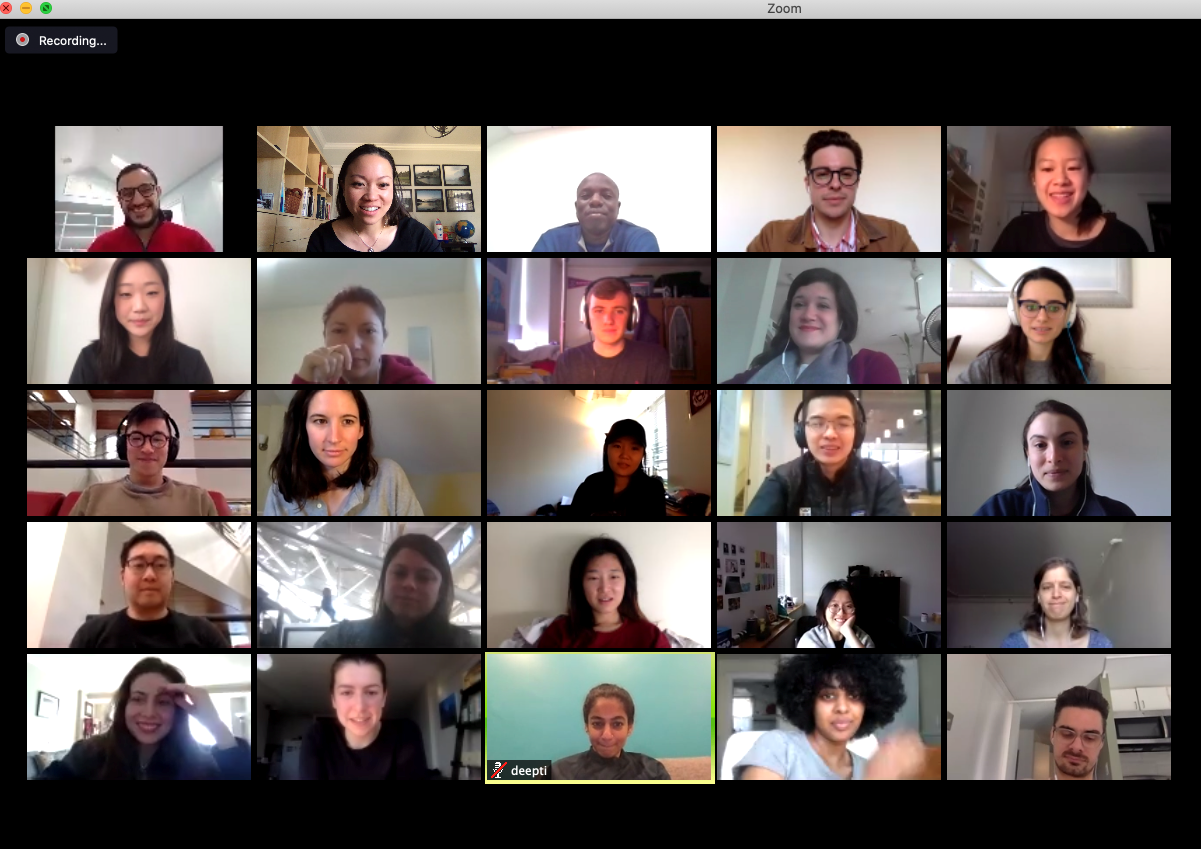Building an Effective Virtual Study Group

The Components of Virtual Study Groups
Universal Design for Blended Learning
Using Moodle and Teams in your Virtual Study Group
Virtual Study Group Communication and Feedback Methods
Virtual Study Groups are offered as a learning mode at SUNY Empire. One key difference between virtual study groups and traditional online courses is that VSGs must include synchronous class meeting times.
When deciding to offer curriculum in a tradition online course versus a virtual student group, consider the following:
|
Online Courses Best for: |
Virtual Study Groups Best for: |
|---|---|
|
Enrollment over 14 students in each of multiple terms |
Enrollment under 15 students per year |
|
“Master” courses |
1-2 sections per year |
|
Adjunct-delivered courses |
Single line faculty member teaching |
|
Mostly asynchronous delivery |
Courses with synchronous elements |
|
Substantial pedagogical and/or instructional design support needed |
Special Topics courses |
|
Stable course content |
Experimental approaches/courses |
All virtual study group sections will be provided with a default Moodle shell with a template designed specifically for virtual study groups. If a faculty member wishes to use a different Moodle source this must be indicated completing the form below:
Virtual Study Groups (VSG) in the School of Undergraduate Studies should adhere to the following guidelines:
- Virtual Study Groups will be hosted in the college’s Learning Management System.
- Virtual Study Groups must include synchronous elements, including scheduled meeting times for class activities. Any required synchronous meeting times for a virtual study group must be listed in advance of the term in the Term Guide and should be reflected in the learning contract and other course information/schedules. This allows students to be able to plan their schedules and have consistent and robust course engagement. Instructors should provide the opportunity for substantive interactions with the student on a predictable and regular basis
- Instructors teaching virtual study groups are responsible for submitting book orders to the bookstore according to the published deadline.
- When a virtual study group uses synchronous communication tools, clear instructions should be provided to students about the synchronous meeting technology used. Where possible, links to student-facing training documents should be included. Instructors should use tools supported by Educational Technology.
For training on educational technology tools, including Moodle and Teams, and for support of live-term courses, please visit consult a SUNY Empire Educational Technologist:
- Instructors should initiate communication with the students enrolled in virtual study groups and maintain clear communication throughout the term. Instructors should monitor student activity in the Moodle shell to ensure timely responses to student questions or other communication.
- All college policies and federal regulations regarding course accessibility and copyright must be followed.
- Instructors must monitor the student's academic engagement and success and ensure that appropriate steps are taken to facilitate student progress through the course. If a student’s academic engagement falls off, the instructor should be proactive in attempting to reestablish academic engagement.
Best Practices for Setting your Virtual Course up for Success
This presentation will be providing a refresher on methods to personalize what you want/need to teach:
communication strategies/tools, aesthetic of course, content planning/mapping, accessibility, and workflow.
The Components of Virtual Study Groups
This workshop will go over the basic principles and effective practices for teaching at a distance. This includes reviewing modalities, a process for planning the course, basic course design, using MS Teams for meetings, gradebook options, and accessibility.
Universal Design for Blended Learning
Universal Design for Learning is a series of guidelines that enable development of learning modules that are accessible to all students. In this webinar, SUNY Empire State College Educational Technologists, will explore best practices in Universal Design as you consider your blended courses.
